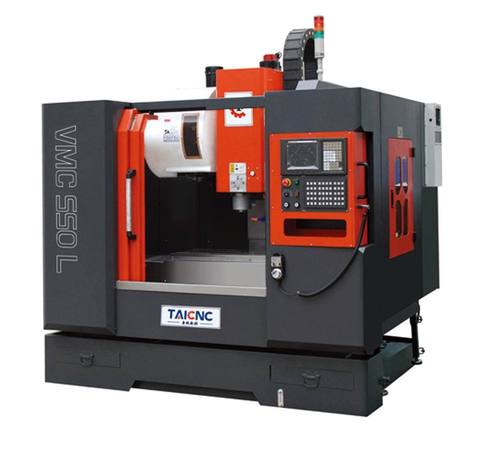Vertical vs. CNC Milling Machines: Choosing the Right Tool for Your Needs

Strong 8k brings an ultra-HD IPTV experience to your living room and your pocket.
In the world of machining, selecting the right equipment is crucial for achieving the desired precision and efficiency. Among the various types of milling machines, vertical milling machine and CNC (Computer Numerical Control) milling machines stand out as popular choices. Each has its unique features and applications, making it essential to understand the differences when deciding which tool best fits your needs.
Understanding Vertical Milling Machines
Vertical milling machines operate with a vertically oriented spindle that holds the cutting tool. This configuration allows for easy access to the workpiece, making it ideal for tasks such as drilling, boring, and face milling. The user manually controls the movement of the machine, providing a hands-on approach to machining.
Advantages of Vertical Milling Machines
Simplicity: Vertical milling machines are generally easier to operate and understand, making them suitable for both beginners and experienced machinists.
Cost-Effective: These machines typically have a lower initial cost compared to CNC machines, making them an attractive option for small shops or hobbyists.
Flexibility: Vertical milling allows for quick adjustments and setups, which is beneficial for one-off projects or prototyping.
Understanding CNC Milling Machines
CNC milling machine equipped with computer controls that automate the machining process. This technology allows for precise and consistent machining of complex parts. The machine is programmed using CAD (Computer-Aided Design) software, enabling intricate designs to be produced with high accuracy.
Advantages of CNC Milling Machines
High Precision: CNC machines are known for their exceptional accuracy and repeatability, making them ideal for high-tolerance applications.
Increased Efficiency: Automation reduces setup times and allows for continuous operation, significantly boosting production rates.
Complex Machining: CNC milling can handle complex geometries and multi-axis movements that are challenging or impossible with manual machines.
Key Differences Between Vertical and CNC Milling Machines
1. Control Mechanism
Vertical milling machines are primarily operated manually, while CNC machines rely on computer automation. This difference affects how each machine is set up and how quickly they can be adjusted for different tasks.
2. Precision and Complexity
CNC milling machines excel in producing complex shapes with high precision, making them better suited for industries requiring tight tolerances. In contrast, vertical milling machines are more suited for simpler, one-off projects.
3. Cost and Investment
Vertical milling machines typically have a lower initial purchase price, making them accessible for small businesses or hobbyists. CNC machines, while more costly, offer significant long-term savings through efficiency and reduced labor costs.
Choosing the Right Tool for Your Needs
When deciding between vertical and CNC milling machines, consider the following factors:
Project Complexity: If your work involves intricate designs or high-volume production, CNC milling may be the better option. For simpler tasks or one-off projects, a vertical milling machine may suffice.
Budget: Assess your budget for both initial investment and ongoing operational costs. Vertical mills are generally more affordable upfront, while CNC machines can provide long-term savings.
Skill Level: If you or your team are new to machining, a vertical milling machine might be easier to learn and operate. CNC machines require programming knowledge and familiarity with CAD software.
Conclusion
Both vertical and CNC milling machines have their unique advantages and applications. Understanding the differences can help you make an informed decision that aligns with your specific machining needs. By considering project complexity, budget, and skill level, you can choose the right tool to maximize efficiency and precision in your manufacturing processes.
Note: IndiBlogHub features both user-submitted and editorial content. We do not verify third-party contributions. Read our Disclaimer and Privacy Policyfor details.


